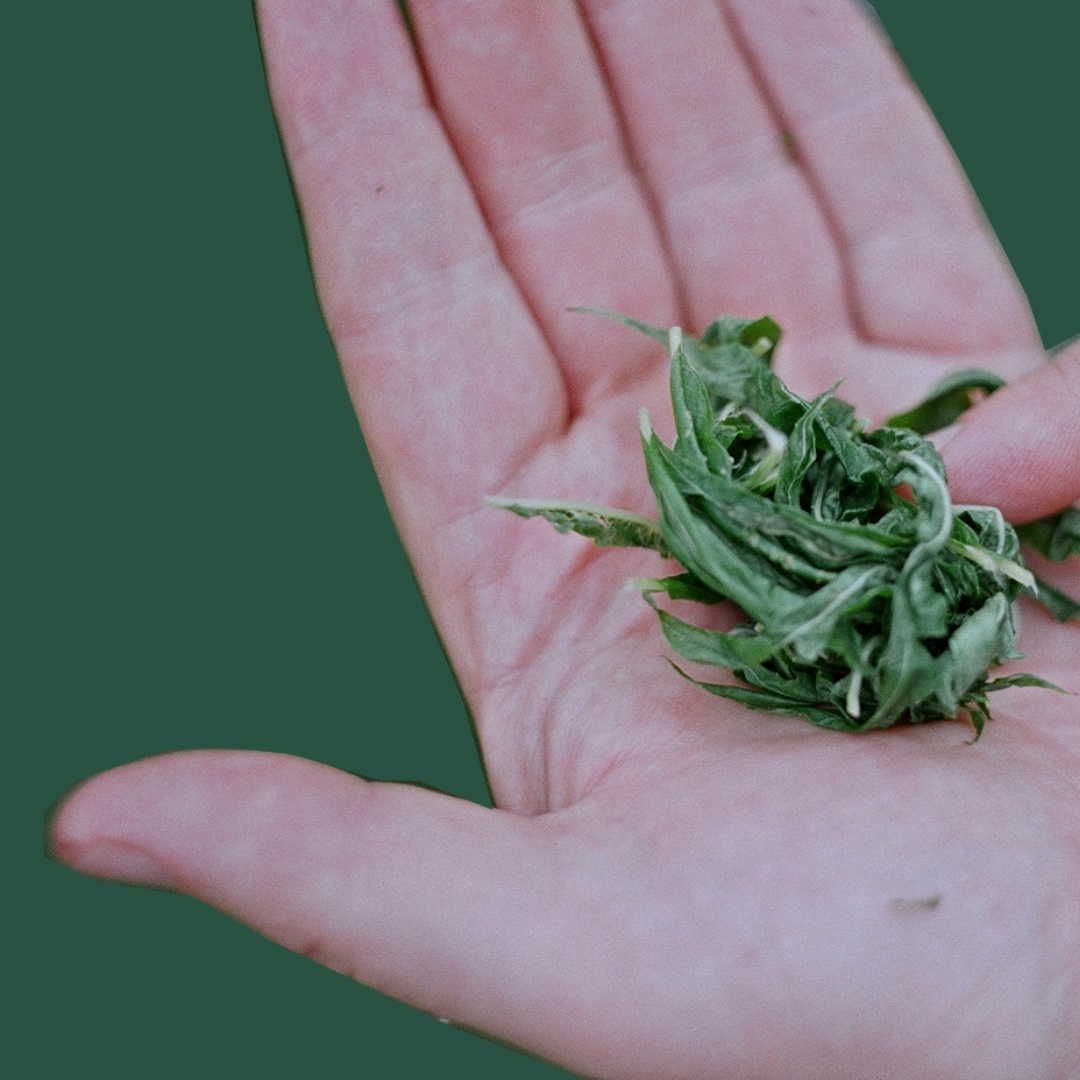Organic vs Conventional
Organic ingredients have been gaining popularity in recent years due to their perceived superiority over conventional ingredients. The term “organic” refers to the way agricultural products are grown and processed. Organic farming techniques involve the use of natural fertilizers, crop rotation, and pest control methods that do not involve the use of synthetic chemicals. In contrast, conventional farming relies heavily on synthetic pesticides, fertilizers, and genetically modified organisms (GMOs) to increase yield and protect crops. In this blog post, we will explore why organic ingredients are superior to conventional ingredients, based on scientific research.
1. Organic ingredients are free of harmful chemicals
One of the most significant advantages of organic ingredients is that they are free of harmful chemicals. Conventional farming techniques rely heavily on synthetic pesticides and fertilizers to protect crops and increase yield. These chemicals can have harmful effects on human health, such as cancer, hormonal imbalances, and reproductive problems.
A study published in the Journal of Environmental Research found that children who ate conventional diets had higher levels of pesticide residues in their urine compared to children who ate organic diets (1). Another study published in the Journal of the American Medical Association found that people who ate organic diets had lower levels of pesticide residues in their urine compared to those who ate conventional diets (2).
2. Organic ingredients are more nutritious
Organic ingredients are often more nutritious than their conventional counterparts. Organic farming techniques focus on improving soil health and increasing biodiversity, which can lead to higher nutrient content in the crops. A study published in the Journal of Agricultural and Food Chemistry found that organic strawberries had significantly higher levels of vitamin C and antioxidants compared to conventional strawberries (3).
Another study published in the British Journal of Nutrition found that organic milk had higher levels of omega-3 fatty acids and antioxidants compared to conventional milk (4).
3. Organic ingredients are better for the environment
Organic farming techniques are more sustainable and environmentally friendly compared to conventional farming. Organic farming practices reduce soil erosion, conserve water, and promote biodiversity.
In contrast, conventional farming relies heavily on synthetic pesticides and fertilizers, which can leach into the soil and waterways, harming wildlife and ecosystems. Organic farming also helps reduce greenhouse gas emissions, as it does not rely on synthetic fertilizers that require significant energy inputs to produce.
A study published in the journal Agriculture, Ecosystems and Environment found that organic farming practices can reduce greenhouse gas emissions by up to 50% compared to conventional farming practices (5).
4. Organic ingredients taste better
Organic ingredients often taste better than conventional ingredients. Organic farming techniques prioritize soil health and crop rotation, which can lead to richer, more complex flavors in the crops.
In contrast, conventional farming often focuses on maximizing yield and consistency, sacrificing taste and quality in the process.
A study published in the Journal of Agricultural and Food Chemistry found that organic tomatoes had significantly higher levels of flavor compounds compared to conventional tomatoes (6).
Conclusions
Organic ingredients are superior to conventional ingredients due to their lack of harmful chemicals, higher nutrient content, sustainability, and better taste.
Scientific research supports the benefits of organic farming practices, making them a worthwhile investment in your health and the environment. When possible, choose organic ingredients to ensure that you are consuming safe, nutritious, and environmentally friendly food.
References
(1) Lu, C., et al. (2006). Organophosphorus pesticide exposure of urban and suburban preschool children with organic and conventional diets. Environmental Health Perspectives, 114(2), 260–263.
(2) Curl, C. L., et al. (2015). Estimating pesticide exposure from dietary intake and organic food choices: The Multi-Ethnic Study of Atherosclerosis (MESA). Environmental Health Perspectives, 123(5), 475–483.
(3) Olsson, M. E., et al. (2006). Antioxidant levels and inhibition of cancer cell proliferation in vitro by extracts from organically and conventionally cultivated strawberries. Journal of Agricultural and Food Chemistry, 54(4), 1248-1255.
(4) Palupi, E., Jayanegara, A., Ploeger, A., & Kahl, J. (2012). Comparison of nutritional quality between conventional and organic dairy products: a meta-analysis. Journal of the Science of Food and Agriculture, 92(14), 2774-2781.
(5) Smith, L. G., & Huygens, D. (2019). Can organic farming reduce greenhouse gas emissions? A meta-analysis of farm-level studies. Agriculture, Ecosystems & Environment, 284, 106578.
(6) Biasioli, F., et al. (2009). Gas chromatography-mass spectrometry analysis of volatiles of tomato (Lycopersicon esculentum, cv. Micro-Tom) fruits sampled at different ripening stages. Journal of Agricultural and Food Chemistry, 57(10), 3824-3833.


